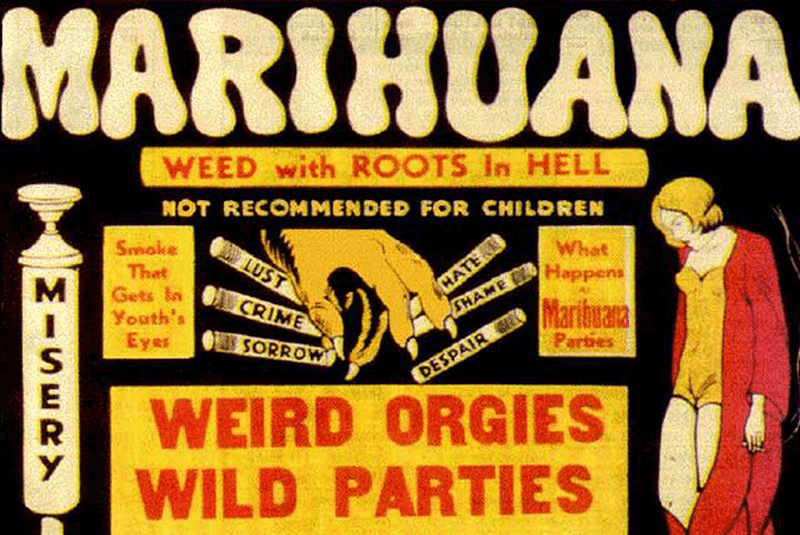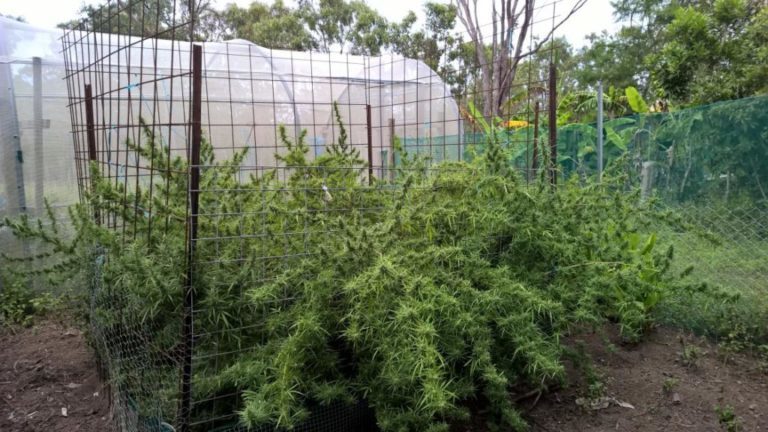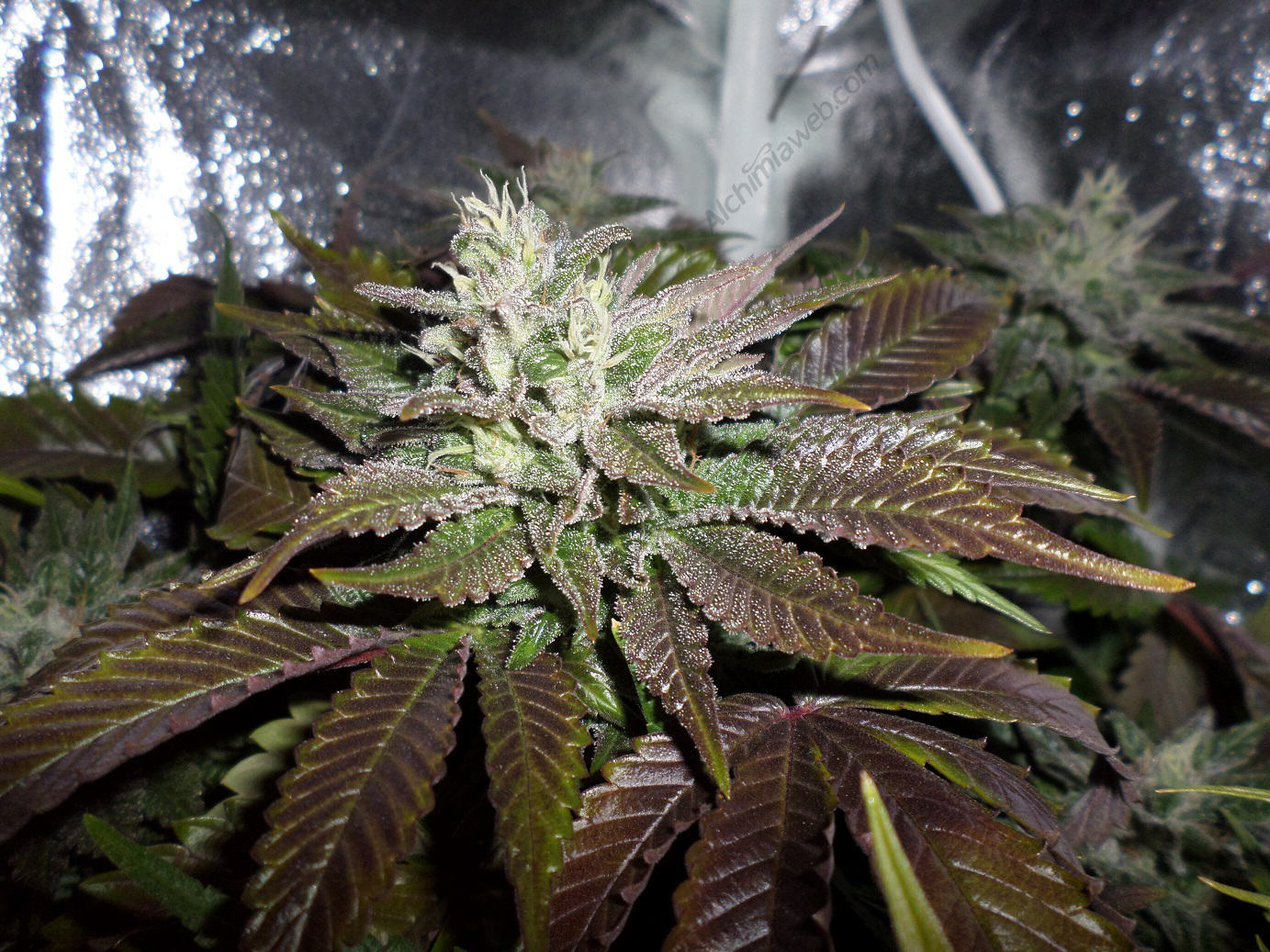Cannabis in the seventies, a decade of change
List of contents
The year is 1970. Under the recalcitrant Richard Nixon, the United States includes marijuana in the list of the most dangerous substances in its Controlled Substances Act. It looks like the golden age of cannabis is coming to an end. Or maybe not? While Nixon, Haldeman and co. plot to smear, harass and tear down a mere plant, the feeling on the street is very different, with more and more young (and not so young) people discovering this exotic substance.
The 1970s was a period of contradictions; prohibitions, hippies travelling in search of the best cannabis and hashish, the first commercial crops in the West, of the so-called War on Drugs... a real roller coaster where the opinion of government bodies clashed head-on with a large part of the population. It was also a crucial time for cannabis cultivation as landrace varieties from remote places began to be grown and the first modern hybrids that would see the light of day during the following decade were taking shape.
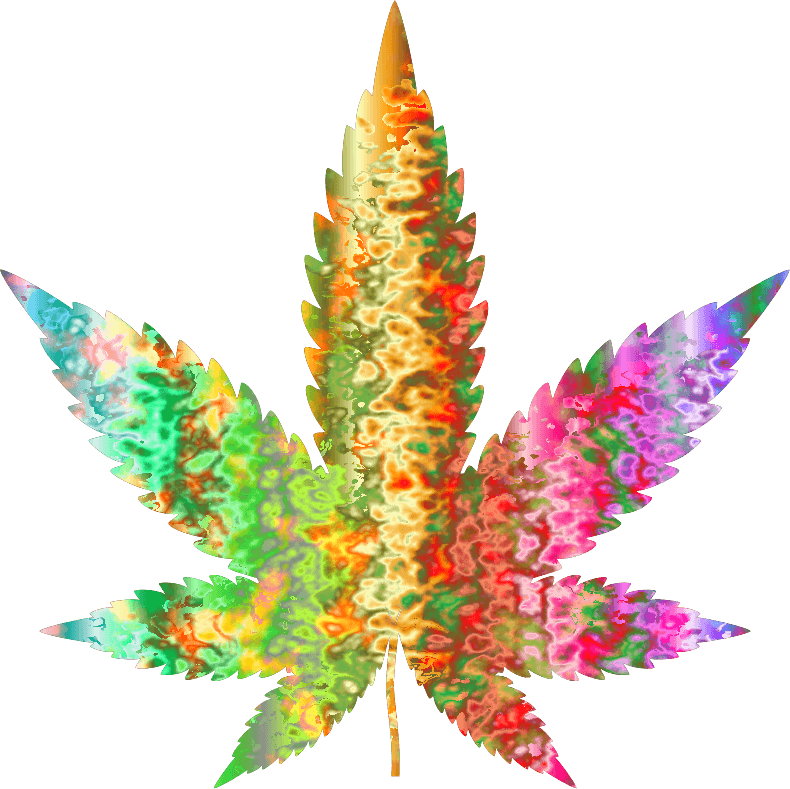
Nixon and his anti-weed crusade
As almost every weed enthusiast who has done a little digging into its past knows, Richard Nixon is one of those people who earned a reputation as an "anti-cannabis character". At the time when Congress was drafting the new Controlled Substances Act that was to replace the famous Marihuana Tax Act of 1937, questions arose about how to classify this substance. In a scandalous (and racist, par for the course with Nixon) conversation recorded by the microphones that were hidden in the Oval Office of the White House back then, Nixon demanded that his chief of staff Bob Haldeman create the so-called Shafter Commission, charged with carrying out studies on how harmful the substance could be.
History of cannabis prohibition
For centuries, cannabis has had a somewhat tumultuous relationship with the legislatures of different cultures. Although accepted in most places for hundreds of years, in the 19th century a trend towards the prohibition of this plant began to be observed, which led to the worldwide prohibition established during the 20th century. Today we will look at the main factors that led to this situation, its background, and how it was possible to displace cannabis in all its fields, from recreational to industrial or medicinal.
But what a surprise! It turned out that the conclusions of the Shafter Commission study were rather favourable to cannabis, not at all considering it a danger to the country and its people. This infuriated Nixon, who decided - true to form - to hide the truth of this report and to continue his drug policy in a headlong rush. In the end, he got his way and marijuana was placed in category 1, meaning that it was denied any medicinal properties while being given a high risk of addiction. With the stroke of a pen, Nixon had squandered the history of a plant with a medicinal value that has been attested to for millennia. It seems that a student of history and law knew more about chemistry and medicine than the doctors who were researching its medicinal value in Israel at the time (and with very promising results, by the way). If a grandfather in Tennesee wanted to treat his glaucoma with cannabis, Richard would be there to stop him and safeguard the rights of... who?
But let's put politics to one side and focus on what really interests us...
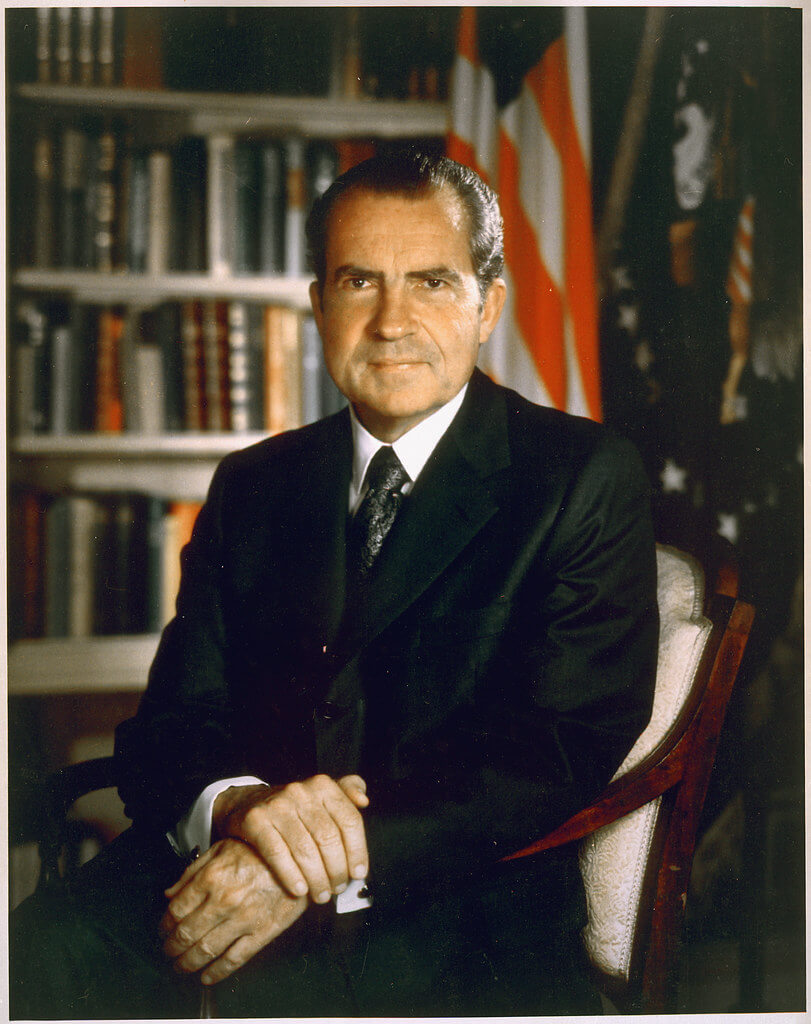
Cannabis use, higher and higher
Despite Nixon's efforts, the reality on the streets of the US was an increasingly normalised relationship with cannabis, especially among young people. Countercultural movements, mass protests by students, musicians, artists... weed, along with other substances such as LSD or hallucinogenic mushrooms, did not look like it would be disappearing from the scene any time soon. In fact, during the 1970s, the sale of cannabis smoking paraphernalia skyrocketed, thanks in part to the fact that, between 1973 and 1978, 12 states decriminalised possession of up to 1 ounce of weed, which we imagine pissed off Tricky Dicky to no end. To give an example, in 1977 alone, smoking paraphernalia contributed $250 million to the country's economy, while in 1978, teenage cannabis use reached an all-time high.
But what kind of weed was being smoked back then, and where did the huge amounts consumed each year by American stoners come from? Given the political and legal context of the time, it's logical to think that the average American would not want to assume the risk involved in cultivation, so cannabis came from places of origin such as Colombia, Mexico or even Thailand. However, as we will see, the 1970s were also a wonderful time when the first American growers began to cultivate the seeds of plants from areas thousands of miles away at home, starting what is probably the world's most powerful cannabis industry today.
Growing sativas in the USA
It is estimated that in the late 1970s, approximately 70 per cent of the cannabis consumed in the US was imported, with only 30 per cent of the product being grown on US soil, mainly in California and Hawaii. Typically, imported weed came in pressed bricks where one could find just about everything: stems, leaves, the occasional bud and seeds... lots and lots of seeds. The quality was, therefore, far from the level found in today's dispensaries, smoking clubs and, of course, in our own homes. Much of this weed came from Colombia, also from Mexico, and to a lesser extent from further afield, such as Thailand. Occasionally, and thanks to a few pilgrims on the Hippie Trail who had decided to become young entrepreneurs, you could also enjoy a piece of hashish from as far afield as India, Nepal or Afghanistan.
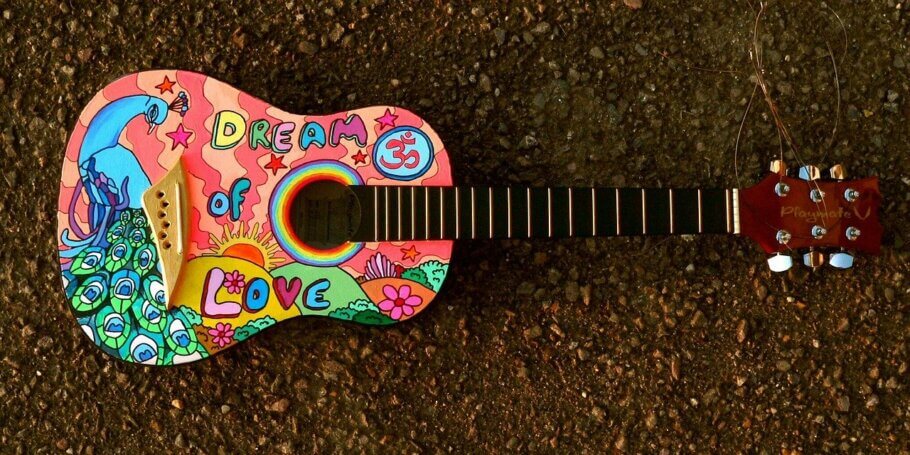
However, what the average smoker was consuming was poor quality weed, full of seeds and with a total disregard for the noble art of bud trimming. This could not go on, so some young people decided to germinate the hundreds of seeds they had pulled from the brick weed they bought, seeds that they had in fact paid their dealers for at the price of gold. Soon, thanks to practice and a bit of study, these growers managed to adapt these varieties to their respective climates, producing sinsemilla buds, meaning that homegrown grass gained a lot of ground over imports thanks to its far superior quality. For the first time in their lives, many stoners could enjoy something new and different from the leafy, seeded flowers they had been consuming until then: properly trimmed, pure sinsemilla buds... quite a change!
The seeds germinated by US growers during this period had, broadly speaking, three distinct origins: on the one hand, we have thousands of soldiers coming home from the Vietnam War. As many other historical facts attest, military campaigns abroad have always played in favour of the dispersal of cannabis seeds, and Vietnam was no exception. On the other hand, as we have seen, tons of marijuana full of seeds were transported northwards over the US border every year, becoming an inexhaustible source of genetics. Thirdly, some of the backpackers who took the Hippie Trail had seen the opportunity to return from the exotic lands of the Middle East and Central Asia with more than just good memories and great photos.
Thus, the first plants from seeds found in smuggled weed tended to be Colombian or Mexican sativas, large plants that adapted well to climates like California. Strains like Colombian Gold, Acapulco Gold, Oaxacan Gold or Panama Red were very popular, as were Thai landrace genetics. To a lesser extent, you could also find African Sativas, highly appreciated for their cerebral and energetic effect, such as the varieties native to Congo, Nigeria or Malawi. And we cannot forget one of the favourites of many and native to the Hawaiian Islands, the Maui Waui.
Soon, growers began to cross these varieties with each other, giving rise to Sativa-dominant hybrids that were better adapted to their respective growing areas, hybrids that are still highly appreciated today, such as the Haze family of genetics (which may, in fact, have its origins in the latter days of the previous decade, when this phenomenon began to take its first timid steps).
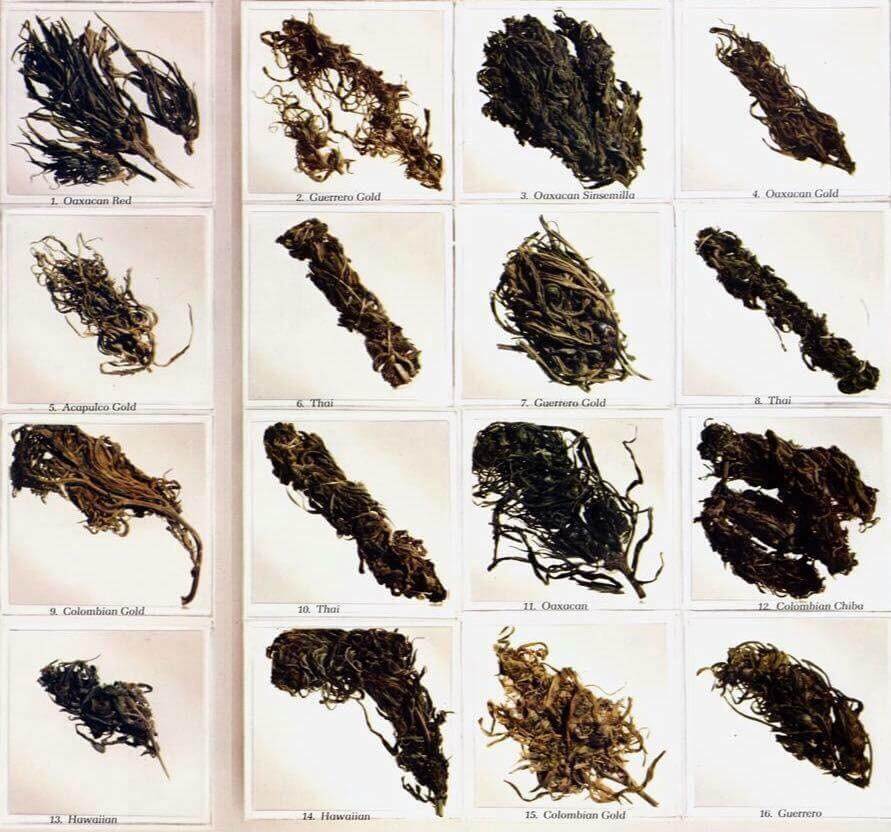
Unfortunately, and unsurprisingly given the political climate of the time, in states such as California, Oregon, Washington and Hawaii, it was soon common to see police helicopters flying low overhead in search of crops and, as a result, growers adopted guerrilla growing tactics. The pressure was mounting on them by the day, and everything seemed to be moving towards a solution for growing weed in secret: indoor cultivation under artificial light bulbs. However, there was a problem: the sativas that had been giving excellent results outdoors were not suitable for indoor cultivation, where the space available often severely limits the final size of the plants.
THC levels of cannabis in the 1970s
That the high-THC cannabis strains on today's market are much more potent than those smoked 50 years ago is a common belief in the community today. However... do any studies attest to this? Well, it turns out that from the very moment this plant entered category 1 of dangerous substances in 1970, the National Center for Natural Projects Research (NCNPR) at the University of Mississippi has been testing for cannabinoids in samples seized by the police.
The results of this extensive study speak for themselves; today's weed is 57-67% more potent than the cannabis of that era. To give an example, one of the most potent strains of the 1970s was Maui Waui (sometimes spelt Maui Wowie), with 13% THC, a far cry from what we can find today, with strains reaching 30% THC! Undoubtedly, breeding programmes based on creating strains with a higher percentage of this cannabinoid have paid off.
The first Sativa-Indica hybrids
Luckily, the pilgrims of the Hippie Trail had brought seeds of other strains to the USA with ideal characteristics for indoor growing, mainly Indica-dominant plants from Afghanistan and Pakistan (Mazar-I-Sharif, Hindu Kush, Chitral, etc.) and also landrace Lebanese genetics such as Lebanese Red or Lebanese Blond. Soon, the most experienced breeders crossed their acclimatised sativa plants with these new arrivals, giving rise to the first true Indica-Sativa hybrids.
So, thanks to all these foreign genetics and advances in high discharge lighting systems, by the end of the decade, hybrids that were ideal for indoor growing had been created, often sharing the garden with unhybridised Indicas. Are you familiar with the Skunk variety? Well, its origins date back to the end of the decade!
Famous cannabis personalities of the '70s
No podemos cerrar este artículo sin mencionar a algunos de los pioneros americanos que empezaron esta nueva "fiebre del oro verde". Gente como los autores Mel Frank o Ed Rosenthal, quienes en esa época comenzaban sus andanzas en esto de escribir sobre el cultivo de marihuana en libros o publicaciones como High Times, que de hecho fue fundada en 1974.
We can't end this article without mentioning some of the American pioneers who started this new "green gold rush". People like the authors Mel Frank and Ed Rosenthal, who at that time were just beginning to write about cannabis cultivation in books and publications like High Times which, in fact, was founded in 1974.
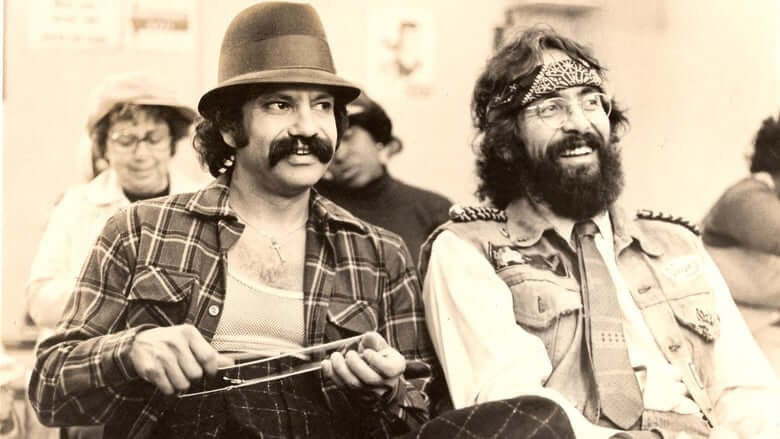
We could also mention the Haze Brothers, two Californians about whom very little is known but who were behind the creation of one of the most famous Sativa-dominant hybrids of all time: Haze, which saw its popularity skyrocket during the 1970s. Of course, our article can't be without a compulsory mention of Sacred Seeds Collective and their famous Skunk, which Sam Skunkman would later bring to Dutch soil.
As you can imagine, all these events laid the foundation for what was to come during the following decade, the indoor growing revolution. But we will take a closer look at that in a future article. Until then...
Happy smoking & vaping!
References:
- Why the 1970s Effort to Decriminalize Marijuana Failed, Emily Dufton
- The Health Effects of Cannabis and Cannabinoids: The Current State of Evidence and Recommendations for Research, National Academies of Sciences
- American Weed: A History of Cannabis Cultivation in the United States, Nick Johnson
- Hashish!, Robert C. Clarke

















































